Plymouth
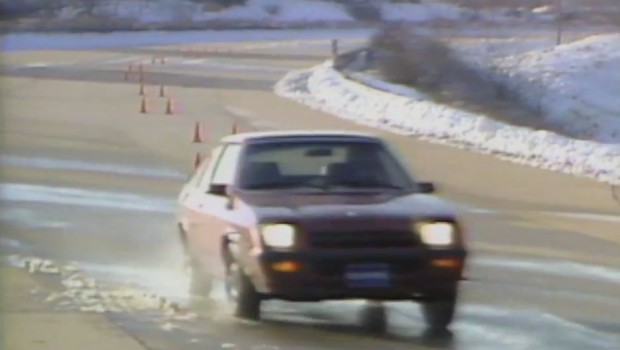
Published on February 6th, 2017 |
by BajaBusta
1982 Plymouth Horizon TC3 Test Drive
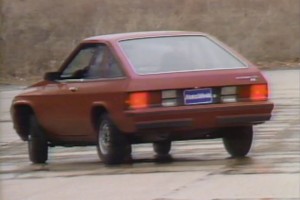 The large glass bubble that Plymouth grafted onto the back of the 1964 Valiant to create the Barracuda may have resulted in a fastback profile straight out of the early Fifties. But it also served as a “crystal ball.” The fastback glass was not the whole Barracuda “window of the future.” There was also a fold down rear seat. Corvair sported this fold down feature years earlier, but when you combined it with the room to the rear, you had over 7 feed of “anything” space, as the ads touted it. Almost like a wagon. It marked the first time you could have the appearance of a sports car, the 5-passenger seating space of a family car, and much of the versatility and practicality of a station wagon, all in one.
The large glass bubble that Plymouth grafted onto the back of the 1964 Valiant to create the Barracuda may have resulted in a fastback profile straight out of the early Fifties. But it also served as a “crystal ball.” The fastback glass was not the whole Barracuda “window of the future.” There was also a fold down rear seat. Corvair sported this fold down feature years earlier, but when you combined it with the room to the rear, you had over 7 feed of “anything” space, as the ads touted it. Almost like a wagon. It marked the first time you could have the appearance of a sports car, the 5-passenger seating space of a family car, and much of the versatility and practicality of a station wagon, all in one.
The 1970 Barracuda was little more than a warmed over clone of the other Pony cars and, while the folding rear sea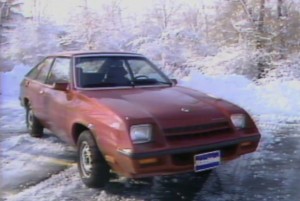 t resurfaced briefly in a later Duster model, Plymouth basically abandoned a packaging concept that was to be picked up by the Vega, and eventually by every manufacturer. It wasn’t until the 1979 model year, 10 years after the “last” Barracuda, that a domestically built Mopar capitalized on the attributes of the original package and sweetened the deal with sportier styling and front wheel drive. Chrysler, apparently having learned a lesson with the Barracuda, did not make the TC3 a compromise car. Surprisingly, the owl height ws the same as on the Horizon 4-door, but the windshield was laid back an additional 6 degrees, tumblehome was increased, wheelbase shortened, and the front of the car was extended and more aerodynamic. From the outside, the TC3 would have to be considered an improvement over the Barracuda.
t resurfaced briefly in a later Duster model, Plymouth basically abandoned a packaging concept that was to be picked up by the Vega, and eventually by every manufacturer. It wasn’t until the 1979 model year, 10 years after the “last” Barracuda, that a domestically built Mopar capitalized on the attributes of the original package and sweetened the deal with sportier styling and front wheel drive. Chrysler, apparently having learned a lesson with the Barracuda, did not make the TC3 a compromise car. Surprisingly, the owl height ws the same as on the Horizon 4-door, but the windshield was laid back an additional 6 degrees, tumblehome was increased, wheelbase shortened, and the front of the car was extended and more aerodynamic. From the outside, the TC3 would have to be considered an improvement over the Barracuda.
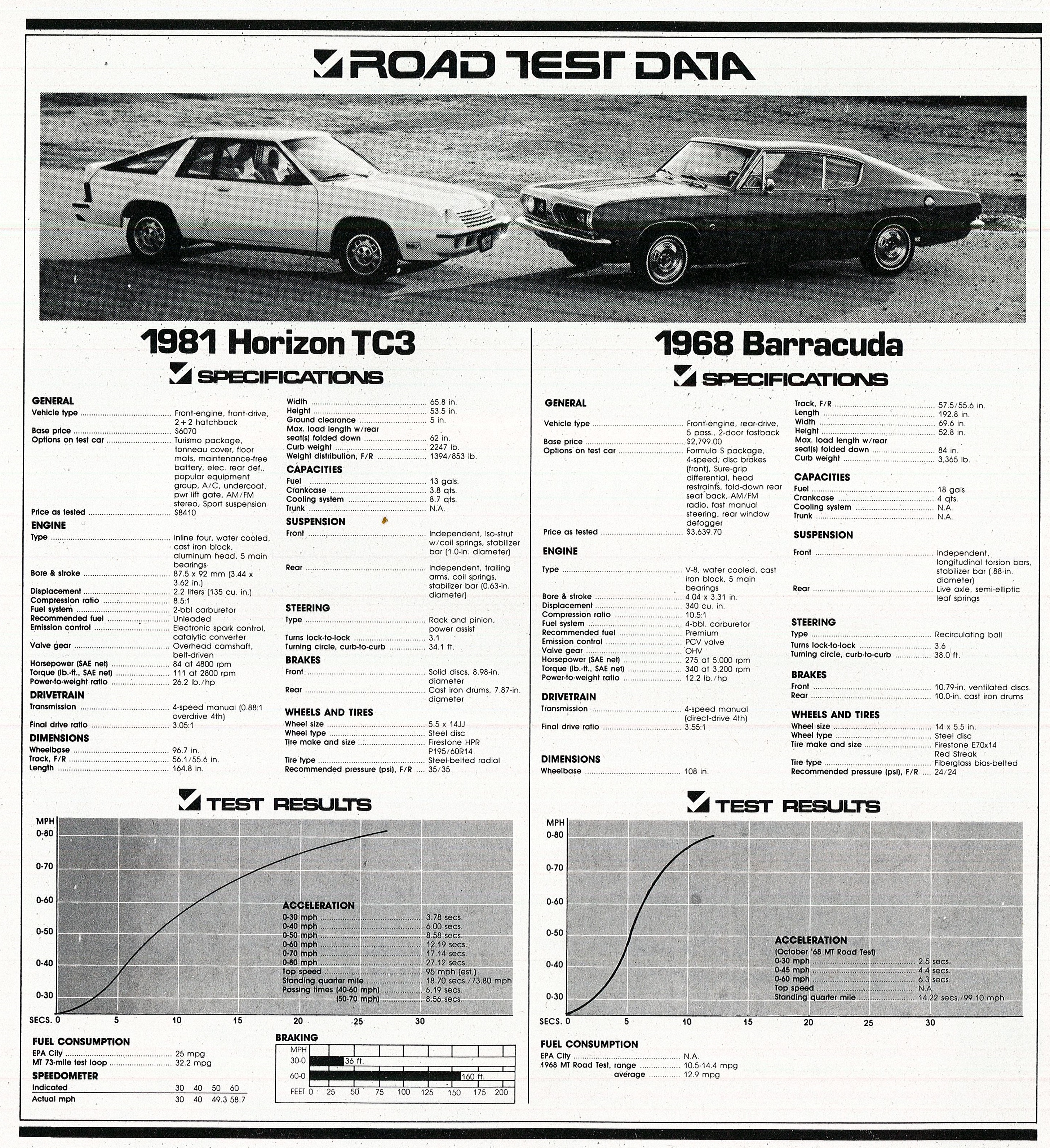
Tags: 1982, 1982 Plymouth Horizon TC3, Dodge Omni 024, Horizon, Horizon TC3, Plymouth, Review, road test, Roadtest, TC3, test drive, Testdrive
 The large glass bubble that Plymouth grafted onto the back of the 1964 Valiant to create the Barracuda may have resulted in a fastback profile straight out of the early Fifties. But it also served as a “crystal ball.” The fastback glass was not the whole Barracuda “window of the future.” There was also a fold down rear seat. Corvair sported this fold down feature years earlier, but when you combined it with the room to the rear, you had over 7 feed of “anything” space, as the ads touted it. Almost like a wagon. It marked the first time you could have the appearance of a sports car, the 5-passenger seating space of a family car, and much of the versatility and practicality of a station wagon, all in one.
The large glass bubble that Plymouth grafted onto the back of the 1964 Valiant to create the Barracuda may have resulted in a fastback profile straight out of the early Fifties. But it also served as a “crystal ball.” The fastback glass was not the whole Barracuda “window of the future.” There was also a fold down rear seat. Corvair sported this fold down feature years earlier, but when you combined it with the room to the rear, you had over 7 feed of “anything” space, as the ads touted it. Almost like a wagon. It marked the first time you could have the appearance of a sports car, the 5-passenger seating space of a family car, and much of the versatility and practicality of a station wagon, all in one. t resurfaced briefly in a later Duster model, Plymouth basically abandoned a packaging concept that was to be picked up by the Vega, and eventually by every manufacturer. It wasn’t until the 1979 model year, 10 years after the “last” Barracuda, that a domestically built Mopar capitalized on the attributes of the original package and sweetened the deal with sportier styling and front wheel drive. Chrysler, apparently having learned a lesson with the Barracuda, did not make the TC3 a compromise car. Surprisingly, the owl height ws the same as on the Horizon 4-door, but the windshield was laid back an additional 6 degrees, tumblehome was increased, wheelbase shortened, and the front of the car was extended and more aerodynamic. From the outside, the TC3 would have to be considered an improvement over the Barracuda.
t resurfaced briefly in a later Duster model, Plymouth basically abandoned a packaging concept that was to be picked up by the Vega, and eventually by every manufacturer. It wasn’t until the 1979 model year, 10 years after the “last” Barracuda, that a domestically built Mopar capitalized on the attributes of the original package and sweetened the deal with sportier styling and front wheel drive. Chrysler, apparently having learned a lesson with the Barracuda, did not make the TC3 a compromise car. Surprisingly, the owl height ws the same as on the Horizon 4-door, but the windshield was laid back an additional 6 degrees, tumblehome was increased, wheelbase shortened, and the front of the car was extended and more aerodynamic. From the outside, the TC3 would have to be considered an improvement over the Barracuda.


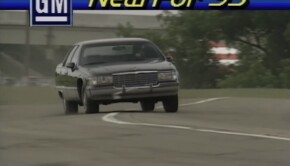
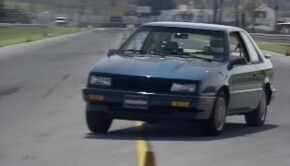
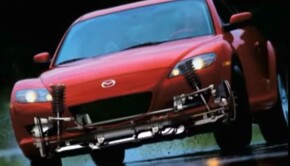






What Junkies are Saying